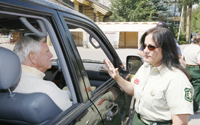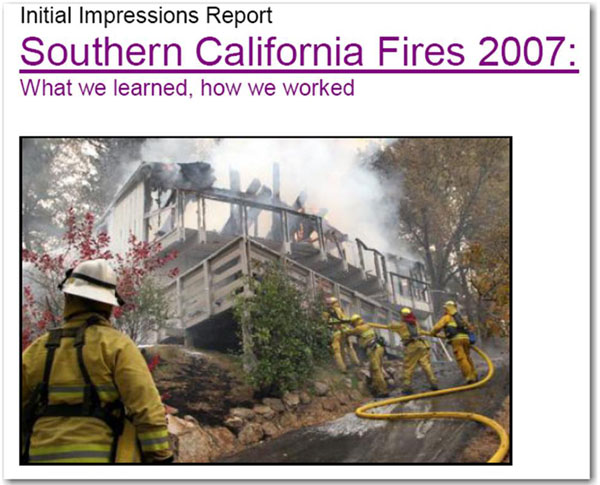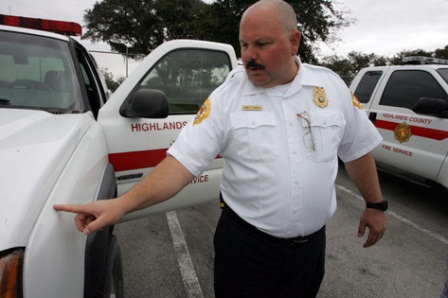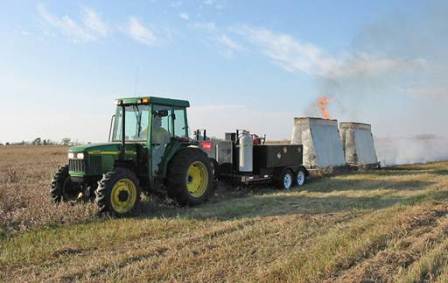
Jeanne Pincha-Tulley has been invited back to the town that was threatened when she, as Incident Commander of California Incident Management Team #3, managed the 48,52-acre Castle Rock fire that some feared would burn the homes in the Wood River Valley near Ketchum, Idaho. An article in the Idaho Mountain Express describes her in glowing terms, including calling her the “darling of the Wood River Valley”. With all of the controversy that surrounds much of the wildland fire world these days, it is refreshing to see some good news about our firefighters.
Here are some excerpts from the article:
“Jeanne Pincha-Tulley, darling of the Wood River Valley who oversaw the successful fire-fighting effort last summer that kept the 48,520-acre Castle Rock Fire from overrunning homes, lives and businesses, is returning to the valley for a visit next week.
On Thursday, Feb. 21, Pincha-Tulley will participate in a public conversation at the Presbyterian Church of the Big Wood in Ketchum.”
and:
During the wild time that was the Castle Rock Fire, Pincha-Tulley’s presence became a calming factor in the local community. During successive public meetings, she gave local homeowners, public officials and others frank assessments about where the fire was headed, and what actions firefighters would take to control the fast-moving blaze.
Time after time, Pincha-Tulley achieved the near impossible. Standing in front of crowds that typically numbered well into the hundreds, she managed to restore calm to local homeowners inching toward panic due to the proximity of the flames and the scarcity of information.
Rumors bandied back and forth through the community were quickly dispelled by her fact-based reports.







